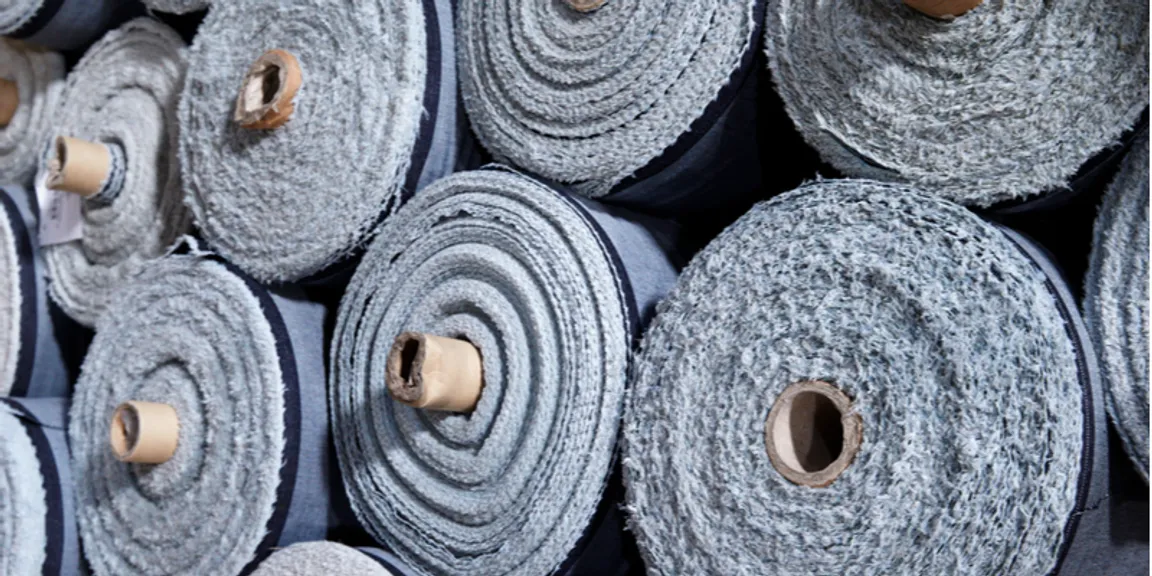Blue jeans turn green: Here’s why sustainable denim is necessary in an eco-conscious world
Denim has been the dress code for people across the world for a long time now. As we get ready to commemorate Environment Health Day, it is important to opt for ‘sustainable’ or ‘green denim’ in order to protect the environment and save our planet
As we are experiencing unprecedented times, we look for security, well-being, and contentment in everyday life like time with family and friends, comfort food, and even our clothes.
The pandemic and subsequent lockdown have made our wardrobe options limited and contracted our choices. Gone are the days when we were rummaging through our closets looking for the perfect denim to suit our schedules and the meetings of the day, like a pair of black jeans for a smart casual look to a pair of ripped denims for a Sunday brunch.
We are all aware of the versatility that denim offers and no piece of clothing in our wardrobe can match it. Our jeans just fit into our routine and we can go from dawn to dusk with ease. Which is why, it is also important to be aware of the importance of sustainable denim.
The story of denim
Right from the miners of the past to the working folk of today, denim represents the mood of the people. It is a blank canvas that tells a story of your life, how you move, and even the shape of your phone. Now it is extended to the choice we make in terms of saving the planet.
Comfort wear is here to stay

Environment-friendly denim is the need of the hour
The lockdown has brought about wearing office shirts with joggers on Zoom calls. Gravitating towards comfort, casual fashion is trending, and denim sales have waned through the summer months.
It has also been in news for a while for not being the ideal eco-friendly textile – ranging from impacts of raw material to the use of chemicals in its washing and finishing.
The yarn and fabric stage which involves indigo dyeing, results in large water wastage, making it open to question. And yet, despite its downsides, denim remains the quintessential choice of garment for people across the world.
Enter eco-friendly denim

Saving the planet will require changes at the grass root level
Sustainable denim is not a concept that has been introduced only in developed nations, but also in developing countries like India.
Various technologies in dyeing are slowly being incorporated by top denim mills and auxiliary companies. The increase in sustainable products is more now than ever before as brands and manufacturers are aligning themselves with new expectations from governments and bodies like the United Nations Sustainable Development Goals.
The demand for transparency has further led to authentic products being provided and controls ‘greenwashing’ that many brands have been guilty of. Denim is popularly considered one of the more resource-heavy fabrics, with a negative carbon footprint.
It is easily one of the more environmentally damaging items around. This is because denim is produced using harmful fertilisers and pesticides and massive usage of water.
Reduce, reuse, recycle
The pertinent question we can ask, is it possible to marry sustainability with style?
To focus on aesthetics, the finishing processes have seen multifold changes. Earlier chemicals and water were used in giving the pre-owned look but that is now done by laser tech which burns the surface without using water and chemicals.
Various denim brands are now focusing on the mantra of reducing, reuse, recycle for denim. The expansion and investment of laser technology allow for a reduction of chemicals, water, and energy in the finishing of denim making it better, not only for the planet but also for garment workers.
Recycling denim
The market for vintage denim remains popular as styles can be refashioned. Recycling denim is also done within the industrial processing and with taking back programmes.
Furthermore, a huge range of products are being innovated to ensure even better durability such as functional polyesters for performance like the wicking or nylon blends for superior strength.
Brands are also looking at incorporating comfort in denim with various finishes and including fibers like TENCEL™, lyocell and modal which have lower environmental impact. Some companies are also are using many water-saving techniques and sharing their methods with others to inspire other companies.
GenZ and the future
With the next-generation consumer, Gen Z, representing 40% of all global consumers, there will be a demand for authenticity and social and ethical responsibility. This brings the rise of transparency and knowing who, where, and what denim is made of.
With technology evolving, in the coming years, we will be able to provide transparency through a smartphone app to trace from origin to factory answering the question of “who made my jeans?”
Sustainable denim should be high priority as denim will continue to stand the test of time over the years. The future is filled with endless possibilities for fabrics that will represent the mood of the people and a greater respect for the planet.
(Images credit: Lenzing AG and Shutterstock)
Edited by Asha Chowdary








